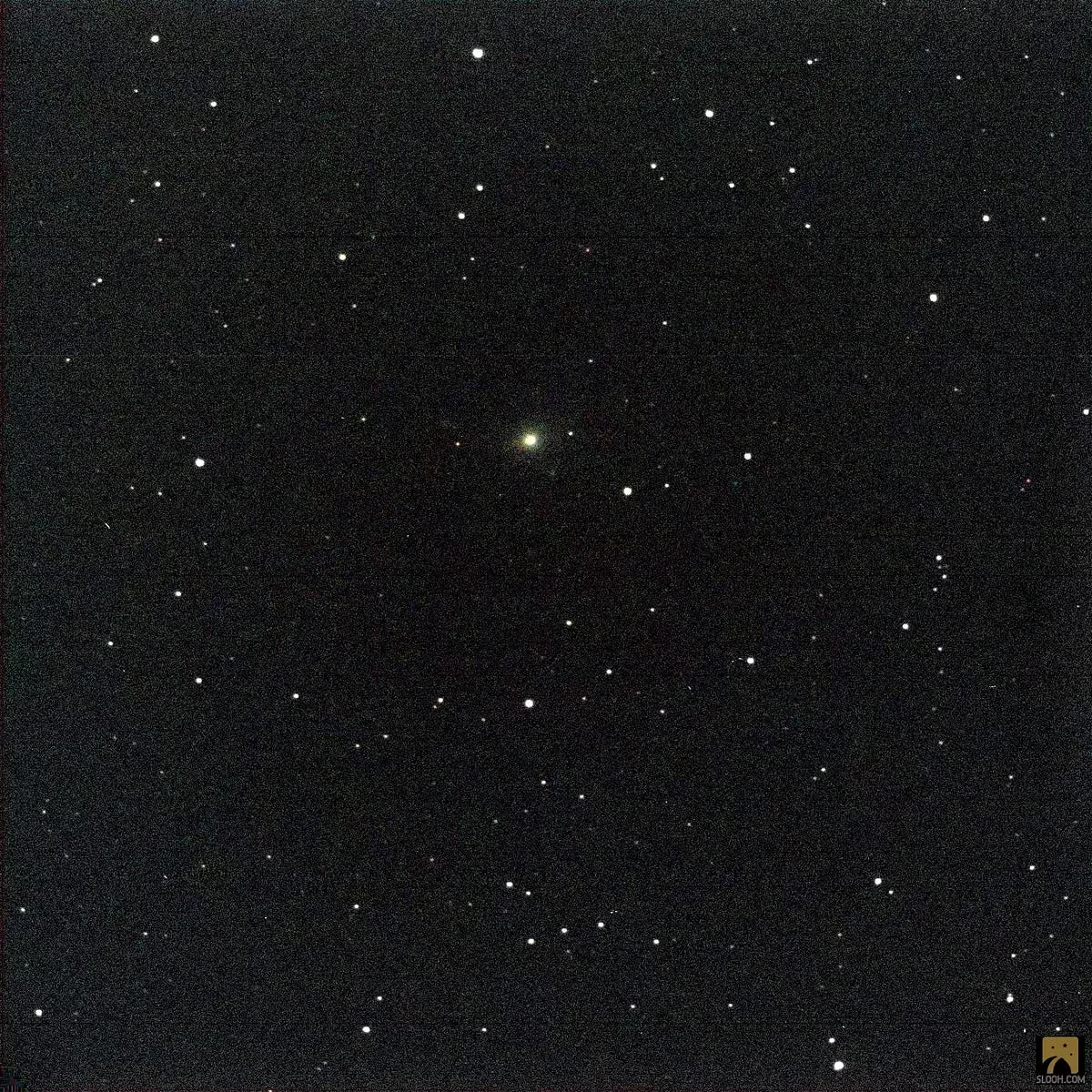Public Support Surges for Interstellar Research Following 3I/ATLAS Observations
Harvard astronomer Professor Avi Loeb has reported receiving an influx of supportive correspondence, detailing public gratitude for his continued work on interstellar objects, specifically following recent observations of the comet 3I/ATLAS. The outpouring of support underscores the deep public interest in cosmic exploration and the search for objects originating outside our solar system.
The letters arrived near the end of 2024, highlighting the emotional connection many people feel toward scientific discovery, particularly those pushing the boundaries of conventional astronomy. This public appreciation provides a counterpoint to the often-intense academic scrutiny surrounding the field of interstellar object research.

The Specifics of the 3I/ATLAS Observation
The focus of the recent attention is 3I/ATLAS, an interstellar comet discovered by the ATLAS (Asteroid Terrestrial-impact Last Alert System) survey. While 3I/ATLAS is generally considered a natural comet—unlike the more controversial object Oumuamua—its interstellar origin makes it a crucial subject for study, offering direct samples of material from other star systems.
One specific observation that drew public attention was captured in late November 2024. The image of the comet was taken on November 24 at 8:05 UTC using a relatively small but effective 0.432-meter telescope located in Chile.
This high-quality image was credited to the work of Elena Walter and Liena Dreams, demonstrating the vital role that both professional and dedicated amateur astronomers play in tracking these fast-moving, transient cosmic visitors.
Why Interstellar Objects Matter
Interstellar objects are defined by their hyperbolic trajectories, meaning they possess enough velocity to escape the Sun’s gravitational pull, confirming their origin outside the Solar System. Only two such objects have been definitively identified to date: 1I/Oumuamua (discovered in 2017) and 2I/Borisov (discovered in 2019). 3I/ATLAS, while still being tracked, represents another potential opportunity to study non-native solar system material.
Studying these objects allows scientists to:
- Analyze Extraterrestrial Composition: Determine the chemical makeup of material from other star systems.
- Test Planetary Formation Theories: Compare the composition of interstellar objects with our own solar system’s comets and asteroids.
- Track Galactic Movement: Use their trajectories to map the movement of matter within the Milky Way.
Avi Loeb: Context and the Oumuamua Legacy
Professor Avi Loeb, the former Chair of Astronomy at Harvard University, is a central figure in the public discourse surrounding interstellar objects. His work gained widespread attention—and controversy—due to his hypothesis regarding 1I/Oumuamua.
Loeb famously suggested that Oumuamua’s unusual non-gravitational acceleration could be explained by it being an artifact of extraterrestrial technology, such as a light sail, rather than a purely natural phenomenon. This suggestion, detailed in his book Extraterrestrial, sparked intense debate within the scientific community, dividing those who favor conservative, natural explanations and those open to more speculative possibilities.

The Role of Public Engagement
The letters of gratitude received by Loeb regarding 3I/ATLAS highlight a crucial dynamic in modern science: the relationship between expert research and public curiosity. While academic peers often demand rigorous, conservative evidence, the public frequently embraces the imaginative and boundary-pushing aspects of discovery.
Loeb noted that the correspondence often expresses appreciation not just for the discovery itself, but for the courage to pursue unconventional ideas and for making complex scientific topics accessible and engaging to a broader audience.
“The public’s response demonstrates a profound hunger for discovery that transcends the often-cautious nature of academic consensus. These letters affirm the value of searching for the unknown, even when the search leads to speculative but scientifically valid hypotheses.”
This public support acts as a powerful motivator, encouraging researchers like Loeb to continue projects such as the Galileo Project, which aims to systematically search for evidence of extraterrestrial technological artifacts.
The Future of Interstellar Object Tracking
While 3I/ATLAS is currently classified as a comet, its existence, alongside Oumuamua and Borisov, confirms that interstellar visitors are not rare anomalies but rather a steady stream of objects passing through our solar neighborhood. This realization has spurred significant investment in detection and tracking systems.
Systems like ATLAS, which is a robotic astronomical survey designed for early warning of impacting asteroids, are now routinely identifying these interstellar guests. The next generation of telescopes, including the Vera C. Rubin Observatory (formerly LSST), are expected to dramatically increase the rate of discovery, potentially finding dozens of new interstellar objects annually.
Key Takeaways from the 3I/ATLAS Public Response
- 3I/ATLAS is a recently observed interstellar comet, tracked by the ATLAS survey.
- A key image was captured on November 24, 2024, using a 0.432-meter telescope in Chile.
- Professor Avi Loeb received significant public support and gratitude for his work, particularly his willingness to explore unconventional hypotheses related to cosmic anomalies.
- The public response highlights the strong desire for boundary-pushing scientific exploration and accessible communication.
- The confirmed existence of multiple interstellar objects validates the ongoing efforts to track and study these visitors from outside our solar system.
Conclusion: Bridging the Gap Between Academia and Awe
The public reaction to the observation of 3I/ATLAS and Professor Loeb’s work serves as a reminder that science thrives not only on rigorous peer review but also on the collective human sense of wonder. The gratitude expressed in these letters suggests that many people view the search for interstellar objects—and the potential for discovering non-natural origins—as one of the most compelling frontiers of modern research.
As astronomical technology advances and the rate of interstellar object discovery accelerates, the dialogue between scientific experts and the curious public will become increasingly important, ensuring that the pursuit of cosmic truth remains both meticulous and inspiring.

Original author: Avi Loeb
Originally published: November 24, 2025
Editorial note: Our team reviewed and enhanced this coverage with AI-assisted tools and human editing to add helpful context while preserving verified facts and quotations from the original source.
We encourage you to consult the publisher above for the complete report and to reach out if you spot inaccuracies or compliance concerns.

